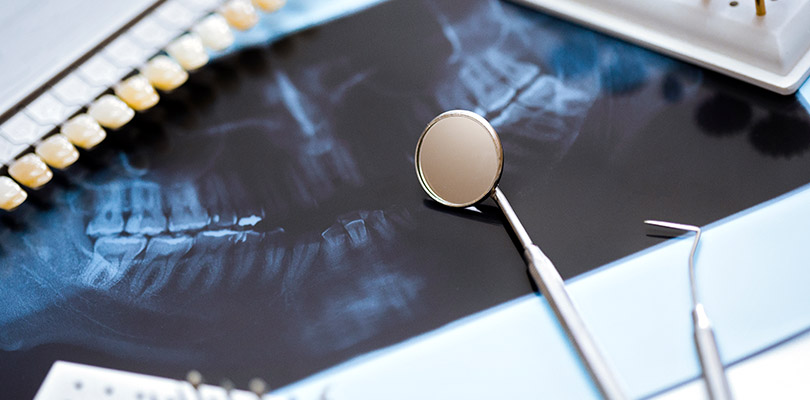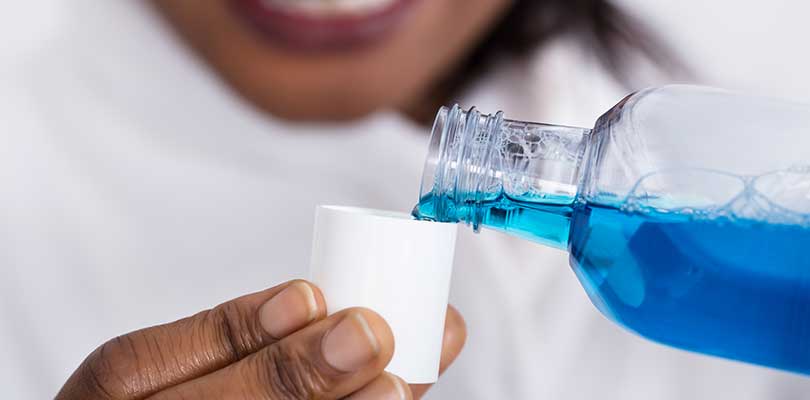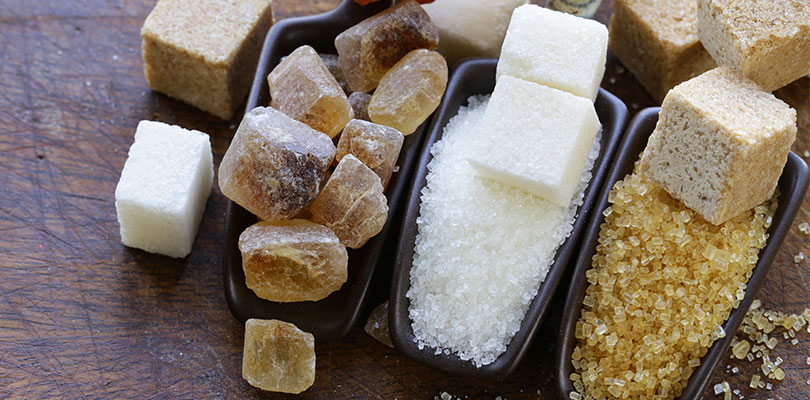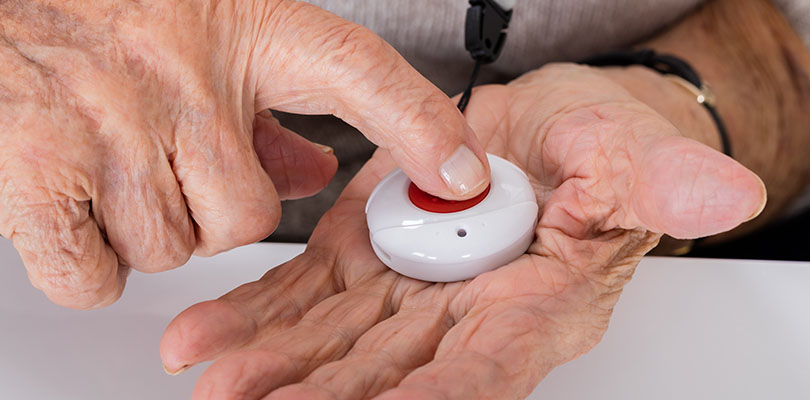What Are Bone Spurs?
What are bone spurs? They are medically referred to as osteophytes and are pointy bone growths that develop along the edges of bones. They usually form at the joints of the body, where the bones meet each other. Bone spurs commonly form on the joints in the lower back, neck, hip, shoulder, knee, fingers, foot, heel and big toe.
Most are not easily noticed, as they often cause mild to no symptoms, allowing most people to function normally. Bone spurs may only be discovered incidentally by body scans, which may be used in order to check for other structural abnormalities, or as part of a routine medical checkup.
What Is the Cause?
The most common cause of bone spurs is damaged tissue, which is often a consequence of osteoarthritis - a medical condition that damages cartilage and leads to joint stiffness and pain, or tendinitis – a medical condition in which tendons that connect muscles to bones become inflamed.
When tissue damage happens, the body tries to repair the loss by stimulating the cells that are responsible for bone formation to release and deposit bone along the affected area. This bone deposit results in the pointed swelling or bulge.
Where Do Bone Spurs Form?
They may occur in the spine as a result of a type of arthritis that affects the spine. This spinal arthritis is called ankylosing spondylitis and it results from the swelling of the ligament, a fibrous connective tissue that joins bone to bone, around the degenerating discs between the vertebrae.
Also, they may occur in the heel, at the back of the calcaneus bone, as a consequence of inflammation of the Achilles tendon. Additionally, they may develop when the plantar fascia tissue, which is located under the heel bone, experiences inflammation. Other inflammatory arthritis conditions that can cause bone spurs in the heel include reactive arthritis and diffuse idiopathic skeletal hyperostosis (DISH)/ Forestier’s disease.
A few cases have been found to be congenital. A popular example of a congenital spur is osteochondroma.
Other causes:
- Diet
- Genetics
- Obesity
- Injuries/overuse
- Spinal conditions (i.e. spinal stenosis)
Millions of children have a form of eczema. Let's look at the common eczema symptoms, triggers and steps to take to help manage eczema in children.
Symptoms of Bone Spurs
The symptoms largely vary depending on the location of the spur. They can cause symptoms if they irritate tissues including nerves, skin, fat and/or tendons.
Spine
In the spine they can cause irritation of the spinal cord and/or nerve roots. This is because the spinal canal, which houses the spinal cord, may become narrowed by the bone spur, leading to numbness, stiffness, pain, tingling and/or weakness in the area that the affected nerve supplies.
Knee
In the knee they can often lead to pain when extending and flexing the knee.
Fingers
In the fingers they often cause lumps and swelling in the lower finger joints.
Hips
Bone spurs in the hip often limit movement in and around the hip joint, resulting in hip pain, and in some cases, knee pain.
Shoulder
Bone spurs in the shoulder cause swelling, limiting the space needed for the ligaments and tendons to function optimally, resulting in decreased range of motion, and may also lead to tearing of the rotator cuff muscles.
Neck
In the neck they can irritate nearby nerves and lead to pain, weakness and numbness.
Heel
In the heel they can cause pain, tenderness and swelling, and may lead to issues with walking.
What Are the Treatment Options?
Treatment is only necessary when they are symptomatic. Initially, treatment is focused on relieving pain and inflammation. It’s recommended that patients first try conservative treatment options before undergoing more radical treatment techniques.
Resting the area and applying ice for 10 to 15 minutes at a time can help to decrease local inflammation and pain. For pain relief, over-the-counter pain medications, including acetaminophen, are recommended. Non-steroidal anti-inflammatory drugs (NSAIDs), including ibuprofen or naproxen sodium, are often used too. Many health professionals advocate corticosteroid injection into the joint to ease pain and reduce swelling; however, it is important to note that this is a temporary solution and the injection may have to be repeated.
There are also mechanical techniques for the treatment. The use of local bone spur pads and shoe inserts (orthotics) often provide relief. Overweight sufferers of bone spurs may be advised to shed some weight and rest the affected areas in order to reduce the strain on the joints. Physical therapy, including stretching and strengthening exercises of the affected area, may also be recommended. If the above conservative treatment options fail, surgery may be warranted. Currently there is no way to prevent bone spurs from developing.
In Conclusion
Bone spurs often do not cause symptoms, but when they do they can range from mild discomfort to debilitating pain. Often symptoms can be relieved with rest, ice, over-the-counter pain medications and NSAIDs, mechanical devices, and/or physical therapy. However, some cases do require surgery.







